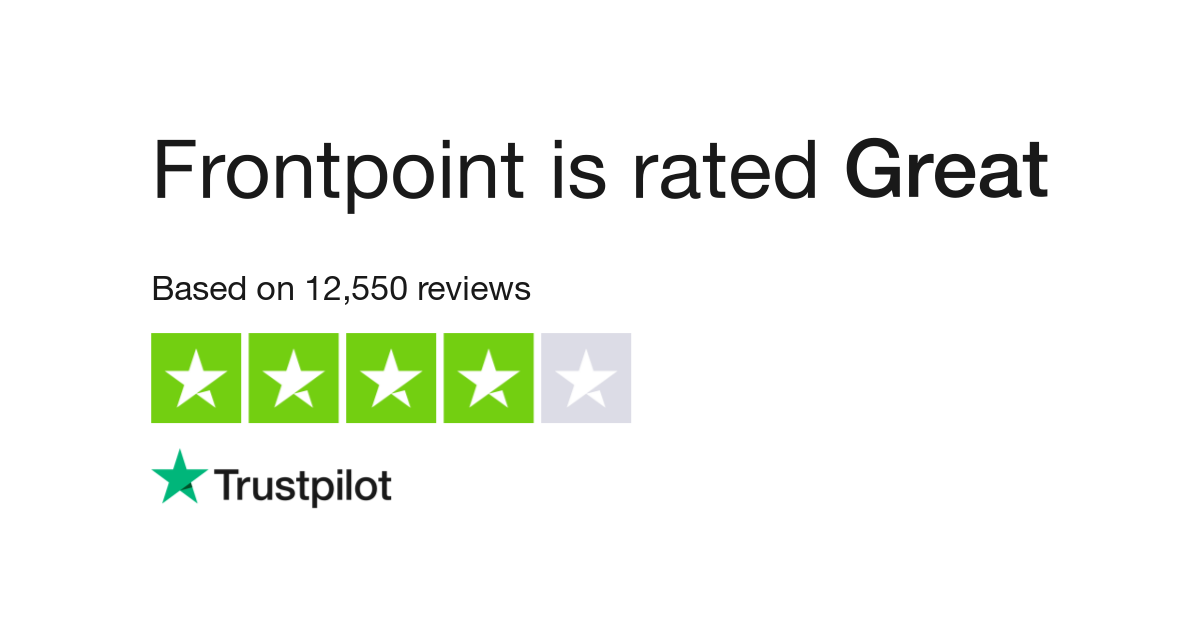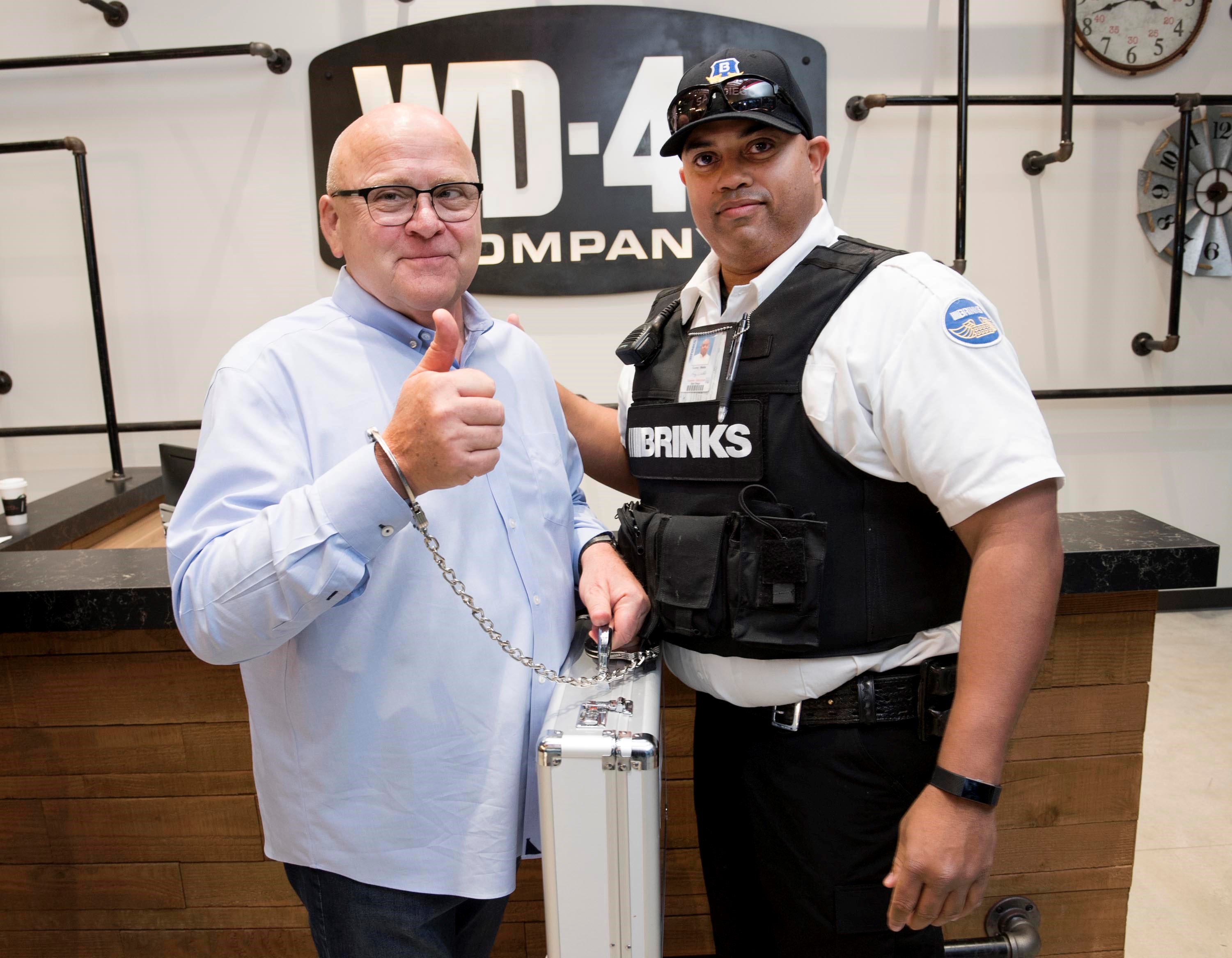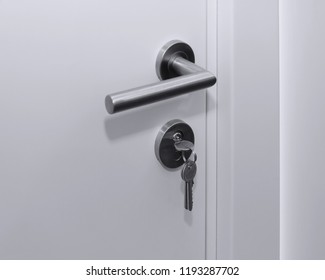
Xfinity home alarm systems come with a lifetime warrantee, customizable settings and a lower cost than the competition. Xfinity professionals can help you re-set your security system if it is not working properly. They can also make repairs, including replacing batteries or cameras.
Xfinity security costs are lower than the competition.
ADT and Xfinity offer solid options when it comes home security systems. Each company has a different set of features, including remote access or home automation. Xfinity is well-known for its low monthly cost, while ADT is well-known for its wide range of features. It provides features such as night vision cameras, 24/7 monitoring, and smart-home integrations. ADT also offers some features that the competition doesn't, such as remote lighting control and smart motion detectors.
Xfinity security system costs are comparable to competitors. However, customers have reported that they have experienced hidden fees, such as the $10 per month monitoring fee for video surveillance. The Better Business Bureau gives the company a C rating. However, this does not mean that it is a safe business. It is worth noting, however, that the customer service is not always satisfactory. It may be better to go with a smaller company if you want great customer service and deals on security equipment.

The Xfinity home security system can be made customizable
With Xfinity Home security, you can add additional cameras, smoke detectors, and keypads, as well as customize your system to fit your lifestyle. The system comes with professional monitoring 24 hours a day. You can be worried about intruders in your home by the system sending alerts to your smartphone immediately.
Your Xfinity Home security system can be controlled via a web portal or mobile app, or with voice control. You can even connect to Amazon Alexa or Google Assistant. You can also control the system from your TV. Additionally, you can view recorded clips as well as live video from any supported cameras.
The Xfinity home security system can be customized and includes professional monitoring, remote accessibility, and third-party compatibility. With a free 30-day trial, you can test the system's features and see how well it fits your needs. You can also choose the Basic Plan, which costs $10 per month. Pro Protection subscriptions allow for professional monitoring. The system can also be set to send alerts directly from your smartphone. Customers who sign up on a long-term contract with Xfinity receive a discount.
Xfinity home security system offers a lifetime warrantee
Xfinity's home security systems work with all of its smart home products. Most come with two-year contracts, but you can cancel at anytime without incurring a large cancellation charge. The system can be returned within 30 day for a full refund.

The system has a range of features, including 24/7 professional monitoring. It also has Wi-Fi coverage as well as cellular backup. You can view the video monitoring from your television through the monitoring plan. It also comes with an unlimited lifetime warranty. Xfinity Home security systems are also compatible with third-party products. These products can easily be controlled by a smartphone app and a web portal. Some products support voice control using Google Assistant or Amazon Alexa.
Xfinity home security is a great choice if your first time buying a security system. It comes with professional-installed equipment and high-quality products. Customers are able to upgrade their systems via Xfinity. Xfinity's home security service is included in your monthly bill.
FAQ
Do I really need a home alarm system?
Home security is essential for everyone who lives in a home. Anytime, a burglar can break into your home without warning. They can steal anything, including valuable jewelry and expensive electronics. They can even take everything if your doors are unlocked.
A home security system can protect your home by sending alerts to you when anything happens. This includes detecting motion, sending alerts to your mobile device, recording activity, and allowing you to view recorded footage.
A simple DIY camera can be used if you don't want to spend money on a security system. These cameras let you see who is at your door and give you notification when they come or go. However, they will not stop intruders breaking into your home.
Alarm monitoring: How much should I spend?
Alarm monitoring prices can vary depending upon how often it is to be monitored, what type of equipment you need, as well as whether you are looking at an annual or one-time fee.
What is the distinction between surveillance cameras and security cameras?
Surveillance cameras can be used for surveillance purposes while security cameras can be used for protection.
Each type of camera has its pros and cons. The main difference between them is the type of images they capture. Surveillance camera record video in slow-motion so you can follow what's happening live. Security cameras on the other side only record video and still photographs, which are saved for later review.
Statistics
- Cove sets you free without punishing penalties and fees, unlike other security solutions that charge 75% to 100% of your remaining contract. (safewise.com)
- (In my experience, the discount on my home insurance covered about 25 percent of the subscription of an average plan, but your mileage may vary depending on your location and the size of your home.) (theverge.com)
- Related questionsHome security systems that are 100% DIY (safewise.com)
- Most home security companies will charge you around 75% of the remaining term of your contract if you cancel early—and some require 100%.Related questionsWhat type of contract length can I expect from security providers?Home security system cancellation (safewise.com)
External Links
How To
How to Install an Home Security System
A home security system monitors your property and alerts if there is any activity. It could consist of a motion sensor and doorbell camera as well as smoke detector, smoke detectors fire alarm, flood alerts, carbon monoxide detectors and burglar alarms. A home security system is usually composed of one or several sensors (e.g. motion detectors), that send signals when there's movement or sound. The signals are then sent out to a control board where they can monitored and recorded. If something goes wrong, like someone breaking in to your house, the control panels sends an alert to your phone or tablet, your computer, or voice assistant. You will be notified immediately and you can take immediate action.
First, you must choose the right type sensors for your home to install a home security system. There are two main types of sensors: passive and active. Passive sensors do not require batteries. They simply pick up sounds and vibrations around them. They include doorbells, sirens and buzzers. Active sensors transmit data by using electricity. Examples of such sensors include cameras and motion sensor.
There are many different brands of sensors available today. Each brand has its pros and cons. For example, some sensors are weatherproof, while others aren't. Some include built-in speakers to allow you hear them even when they are outside. Some work only indoors. Others are more complex, while some offer more advanced features like night vision.
After selecting the right sensors for your property and deciding on a manufacturer, you will want to make a selection. This will make sure that your sensors function well together. You will find many options in your local hardware store.
After choosing a brand of sensors to use, you can decide how many to purchase. Depending on whether you live alone or with your family, most people will start with just one or two sensors. You might want to buy more sensors if you intend on adding them later.
Next, think about where you want them to go. Do you want them near doors and windows? Or are you happy to keep them hidden? Make sure you get permission before placing them around your property. Also, make sure they won't interfere with anything else, like electrical outlets.
Once you have determined where your sensors should be placed, you will need to find a way to connect them with your control panel. You might need a power adapter for your setup. Once everything is setup, you will be able to monitor your property.